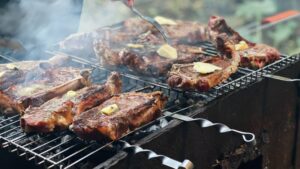
How To Enhance Your DIY Meat Probe with Voice Control Features
Every culinary enthusiast knows the importance of a perfectly cooked steak, and that’s where a meat probe comes in handy. But what if we could
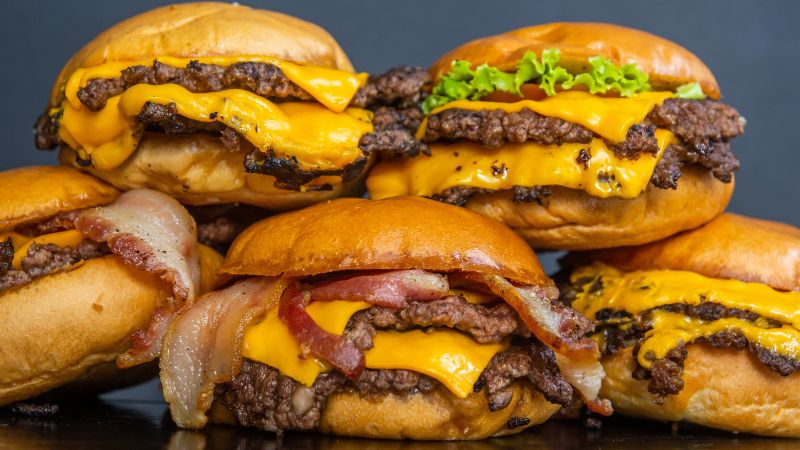
| Doneness Level | Cooking Duration | Internal Temperature |
|---|---|---|
| Medium-rare | 6 minutes | 130-135°F |
| Medium | 7-8 minutes | 140-145°F |
| Medium-well | 9 minutes | 150-155°F |
| Well-done | 10 minutes | 160-165°F |
Barbecuing burgers is often a joyful occasion with loved ones. While there are many methods to cook a burger, it’s crucial to ensure it reaches the correct hamburger temperature for health reasons.
This article offers a guide to the ideal temperature, highlights the dangers of undercooked ground beef, advises on handling ground meat safely, and ultimately, gives our top suggestions for grilling a restaurant-quality hamburger.
Cooking hamburgers to the correct internal temperature is key to avoiding food poisoning while ensuring the burger remains tasty and moist.
Many don’t realize that ground meat poses a greater risk of food-related sickness than other meats.
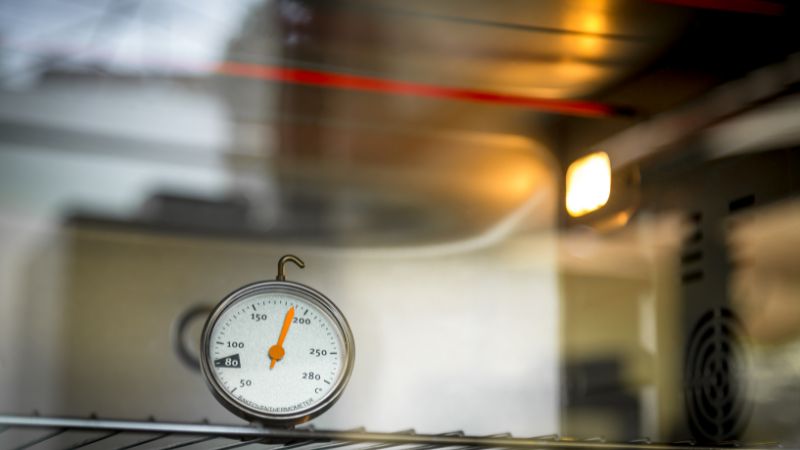
Bacteria on a steak’s surface stay there and don’t penetrate deeper.
When you cook a steak at high heat, it kills all surface bacteria, allowing the inside to be medium rare or rare and safe.
If you’re unsure about a steak’s freshness before cooking, look for certain signs to determine if it’s good or spoiled.
However, grinding the steak spreads bacteria throughout the burger patty, both inside and out.
This is why ground meat should be cooked to an internal temperature of 160°F to kill any bacteria mixed in during grinding, ensuring it’s safe to eat.
On the other hand, a steak with an internal temperature of 130°F is generally considered safe.
Regardless of the meat type for burgers, the USDA advises cooking it to a minimum of 160°F, as indicated by a meat thermometer, to kill any residual bacteria and make it safe for consumption.
This guideline is for pork, beef, veal, and lamb. Remember, chicken and other poultry should be cooked to a slightly higher temperature of at least 165°F.
Note that this advice is particularly relevant for store-bought ground meat due to its higher bacterial risk.
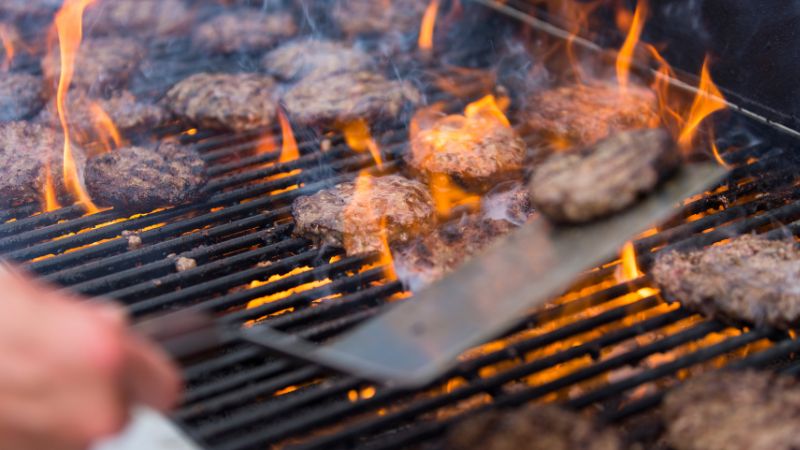
Purchasing ground beef from a store leaves you unsure about how long it’s been displayed or the cleanliness of the meat grinder’s internal components.
Additionally, pre-ground beef often comes from multiple cows, unless it’s specifically labeled as single-source. Even a small percentage of tainted meat, like 1%, can spoil the entire batch.
Bacteria can spread rapidly once the meat is ground and packaged, raising the possibility that supermarkets might sell contaminated meat.
To lower contamination risks when handling raw burgers, follow these easy steps:
By adhering to these practices and checking the center temperature of the hamburger, you can prevent the spread of foodborne diseases.
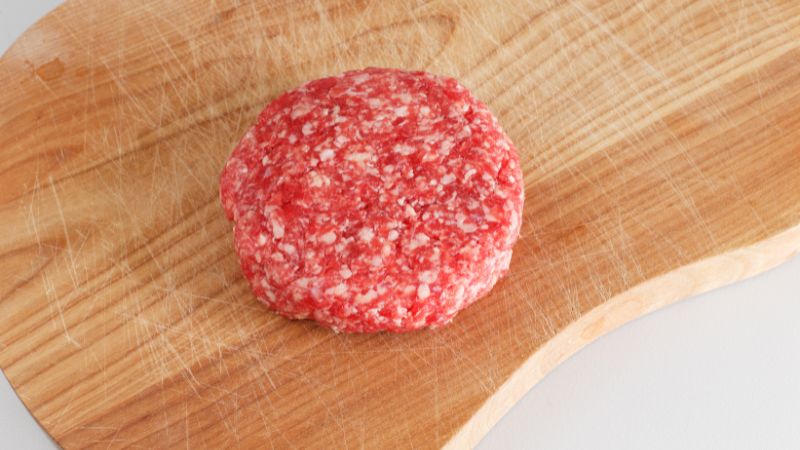
If you follow cleanliness standards, you might bypass the internal temperature guidelines by grinding your own meat for burgers.
Choosing a high-quality meat cut like a well-marbled chuck and grinding it right before cooking reduces risks.
Ground chuck is preferred for burgers due to its ideal fat ratio, enhancing flavor and juiciness without being overly expensive. For the most succulent grilled burgers, aim for a fat content of 15 to 20%.
With this 15 to 20% fat guideline, get creative with burger recipes by blending different meats for unique tastes, like various beef cuts, beef with pork, or beef with chorizo.
Grinding your meat allows for flavor experimentation. When grilling, you control the level of doneness. Just remember to shape patties between 3/4 and 1 inch thick to avoid over-drying during cooking.
1. Medium-rare:
Cooking Duration: 6 minutes
Internal Temp: 130-135°F
2. Medium:
Cooking Duration: 7-8 minutes
Internal Temp: 140-145°F
3. Medium-well:
Cooking Duration: 9 minutes
Internal Temp: 150-155°F
4. Well-done:
Cooking Duration: 10 minutes
Internal Temp: 160-165°F
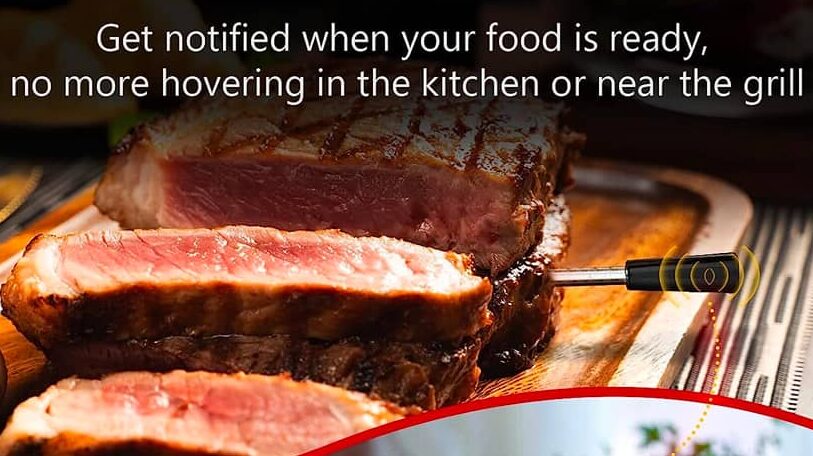
The USDA’s hamburger temperature suggestions are available for reference.
When grinding your meat for burgers, consider the following temp guide to match the preferences of your guests:
NOTE: The cooking durations listed here are estimates, subject to change based on grill heat, cooking temperature, and burger thickness.
We’ve excluded rare hamburgers (120°F to 125°F) from this guide due to high risk, even with home-ground beef. If you prefer pink burgers, the safest option is a medium-rare burger at 130°F.
With proper safety measures, medium rare to medium well burgers can be safe despite being under the USDA’s advised temperature. Grilling burgers to the suggested 160°F often results in a tough, dry texture.
Determining the ideal hamburger temperature for cooking burgers and other foods can be challenging, as burgers tend to cook quicker than other meats.
To guarantee that you grill tasty and safe burgers, it’s essential to use a food thermometer. This is the most reliable method to ensure your burgers reach the right internal temperature.
While many seasoned BBQ enthusiasts can estimate burger doneness by feel, the key to confirming your hamburgers are correctly cooked lies in checking their internal temperature, achievable only with a food-specific thermometer.
For the perfect grilled burger, we recommend the two-zone cooking technique.
Organize your grill with one side at a lower temperature and the other at a higher temperature. Start by placing your burgers on the cooler side, allowing the heat from the hotter side to cook them gently.
As they approach your preferred temperature, transfer them to the hot side for a quick sear.
This method is superior to the common practice of grilling burgers on high heat throughout. Direct high heat can cause flame flare-ups as the burgers lose their fat and juices.
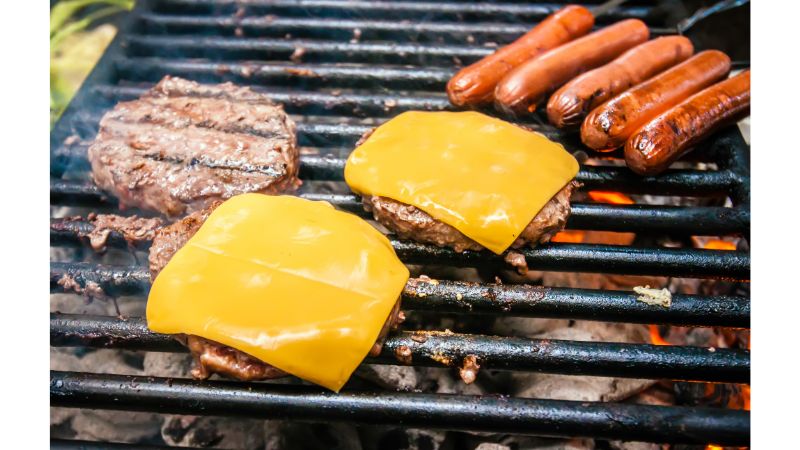
Q: What’s the sign of a properly cooked burger?
A: Ensure hamburgers are cooked until the internal temp is 155°F for 15 seconds, or reaches 160°F. For poultry burgers, cook until the internal temp is 165°F.
Q: What’s the cooking duration for hamburgers?
A: Grill burgers for 2–3 minutes until they brown and show grill marks, then flip and cook for additional minutes based on desired doneness – 4–5 minutes for medium-rare, 6–7 for medium-well, 8–10 for well-done. However, the most reliable method to prevent foodborne illness is using an instant-read or other meat thermometer to check the internal temperature.
Q: How often should you flip a hamburger?
A: Flip burgers just once. Cook each side for half the total desired time—2 minutes for medium-rare, 3 for medium-well, 4 for well-done.
Q: When should you flip the burgers?
A: Flip the patties when you see juices pooling on the uncooked side.
Q: Why is measuring the internal temperature of hamburgers important?
A: According to USDA guidelines, burgers should reach an internal temperature of 160°F to eliminate harmful bacteria and ensure food safety.
“What is the best way to determine that the hamburgers are safely cooked?” Last updated on Oct 19, 2023. Click here.
“Safest way to cook a burger, the temperature is key.” Last updated on May 18, 2019. Click here.


Every culinary enthusiast knows the importance of a perfectly cooked steak, and that’s where a meat probe comes in handy. But what if we could

When it comes to cooking perfection, a meat probe is an indispensable tool for any chef or home cook. But in the world of meat
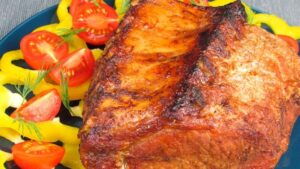
The moment you bring a meat probe into your kitchen, it’s not just about cooking anymore; it’s about precision, about transforming an ordinary meal into

Ever questioned if a meat probe could be your secret weapon for the perfect roast chicken? It’s a culinary showdown: the precision of a meat
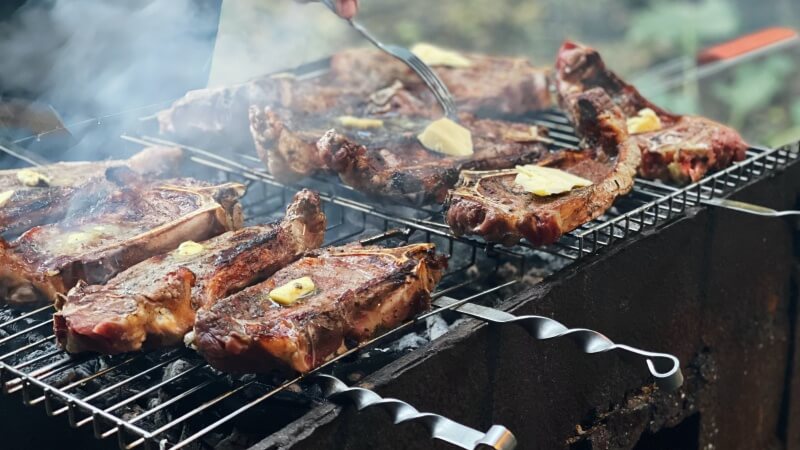
Every culinary enthusiast knows the importance of a perfectly cooked steak, and that’s where a meat probe comes in handy. But what if we could

When it comes to cooking perfection, a meat probe is an indispensable tool for any chef or home cook. But in the world of meat
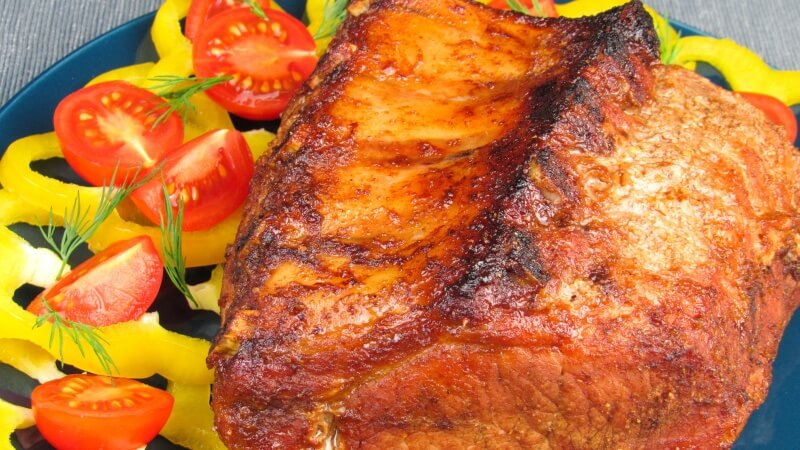
The moment you bring a meat probe into your kitchen, it’s not just about cooking anymore; it’s about precision, about transforming an ordinary meal into

Ever questioned if a meat probe could be your secret weapon for the perfect roast chicken? It’s a culinary showdown: the precision of a meat
Copyright © 2024 meaterprobe. All Rights Reserved.